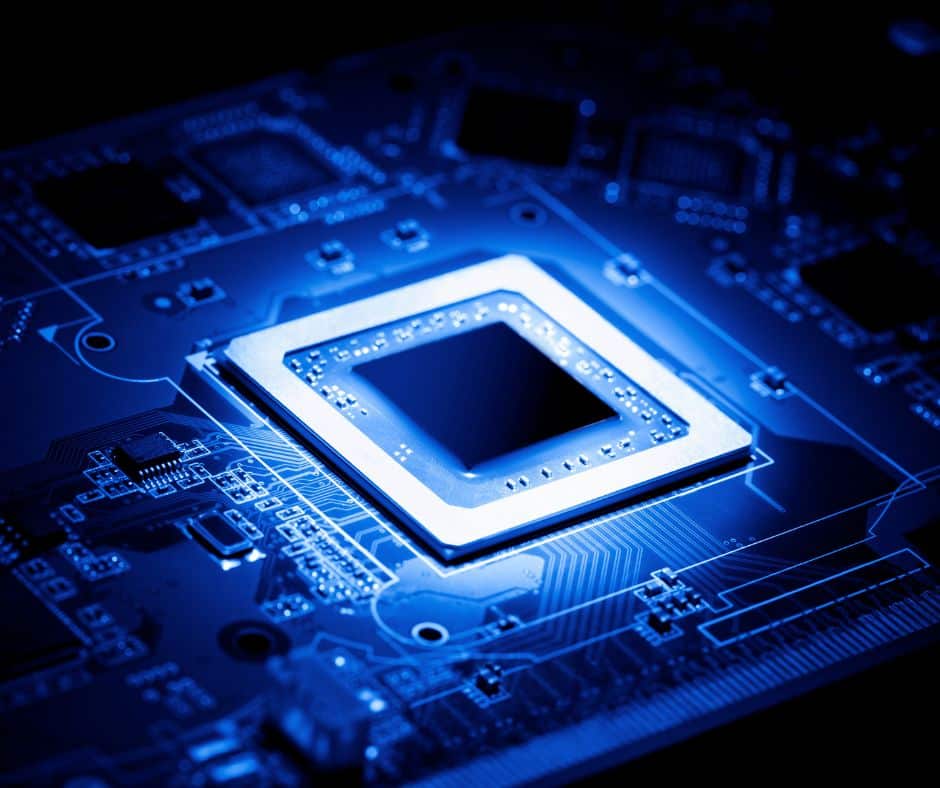
The Efficiency of ARM Systems
Posted on September 16, 2024
ARM chips are nothing new, but recent ARMs have started pushing the envelope of what this humble architecture is capable of. Many of the new ARM CPUs can smoothly play 4K videos on multiple displays – and do it more efficiently.
But what exactly is ARM? And what does it mean for embedded computers?
What Are ARM Processors?
ARM, or Advanced RISC Machine, is a type of CPU architecture preferred for mobile processors. The complexity ranges widely – the ARM umbrella includes chips powering a variety of devices from basic barcode scanners to your latest Android phone.
On the whole, though, the ARM architecture focuses on efficiency. Instead of the powerful general-purpose CPUs put out by Intel or AMD, these chips are more specialized and limited.
But these limitations also make them way more efficient, and ARM chips consume a fraction of the power needed by a standard processor, while still getting the job done. This not only reduces the battery drain (or the power bills if we are talking about ARM computers deployed at scale) but also produces less heat, improving the system’s longevity and letting it work without active cooling.
Are ARM CPUs Worth It for Embedded PCs?
Processors meant for embedded computing are always designed to be efficient and long-lasting, keeping the demands of scale in mind. However, standard Intel or AMD processors can only be so efficient.
At the end of the day, these are designed for general-purpose performance, and excel in this use case – you can take a standard CPU and put it to any task and have it perform well. But in an industrial application where you need to deploy systems in specialized tasks, this capability is wasted.
An ARM CPU can carry out the activities for an industrial application at a fraction of the energy cost, making them very cost-efficient to run, and easy to moderate the temperature through fanless cooling systems.
ARM-based processors also tend to be cheaper to manufacture and can cut down on capital costs as well when you need to procure a large number of systems. On the flip side, ARM systems tend to be more specialized, so chips meant for processing video feeds cannot be easily repurposed into other applications.
Applications Suitable For ARM Computers
Digital Signage
At first glance, digital signage doesn’t seem to be a good application for simpler ARM systems. After all, these computers are meant to process 4K video streams and ensure seamless playback on large screens. Surely this needs the most powerful processors out there?
Not quite. ARM chips have come a long way, and today’s versions are adept at handling video processing. Indeed, some ARM processors are designed especially for this purpose, with integrated GPUs to drive multiple displays at once.
Single Board Computers (SBC)
As the name suggests, single-board computers are designed to provide a complete PC assembled on a single board. This means it is ready to be deployed as it is without needing any expansion cards to be installed.
Such systems are preferred in many applications as they tend to be smaller and cheaper, not to mention easier to maintain due to their self-contained nature. As a result, ARM processors are a perfect fit for SBCs.
Industrial Controllers
Industrial computing has a variety of niches and most require specialized computers performing one role, which suits ARM computers perfectly. Active cooling is also hard to come across in these settings, which means that the systems need to be energy efficient and produce less heat – another factor in favor of ARM.
Internet-of-Things (IoT)
IoT’s entire premise revolves around a network of smaller computers that are not powerful individually but are able to perform tasks by sharing data and processing workloads. This requires every system to be low-cost, energy efficient, and easily scalable.
And that’s exactly what ARM chips achieve. Small form factor ARM computers can be built as fully functional IoT devices and deployed in both indoor and outdoor environments, running even on battery power due to their low power costs.
Are ARM Systems Better for Embedded Computing?
Many different use cases come under the ambit of embedded computing, and no two of them work the same. A network computer, for example, requires very different features from an IoT system.
This means that different CPU architectures excel in different types of applications. While standard processors are great at handling high-intensity workloads, ARM chips work best in the more straightforward use cases.
Things like IoT, some forms of Industrial computing, and digital signage, for example, are ideal use cases for ARM computers. Then there are SBCs that can be deployed virtually anywhere, performing industrial and commercial tasks efficiently.
